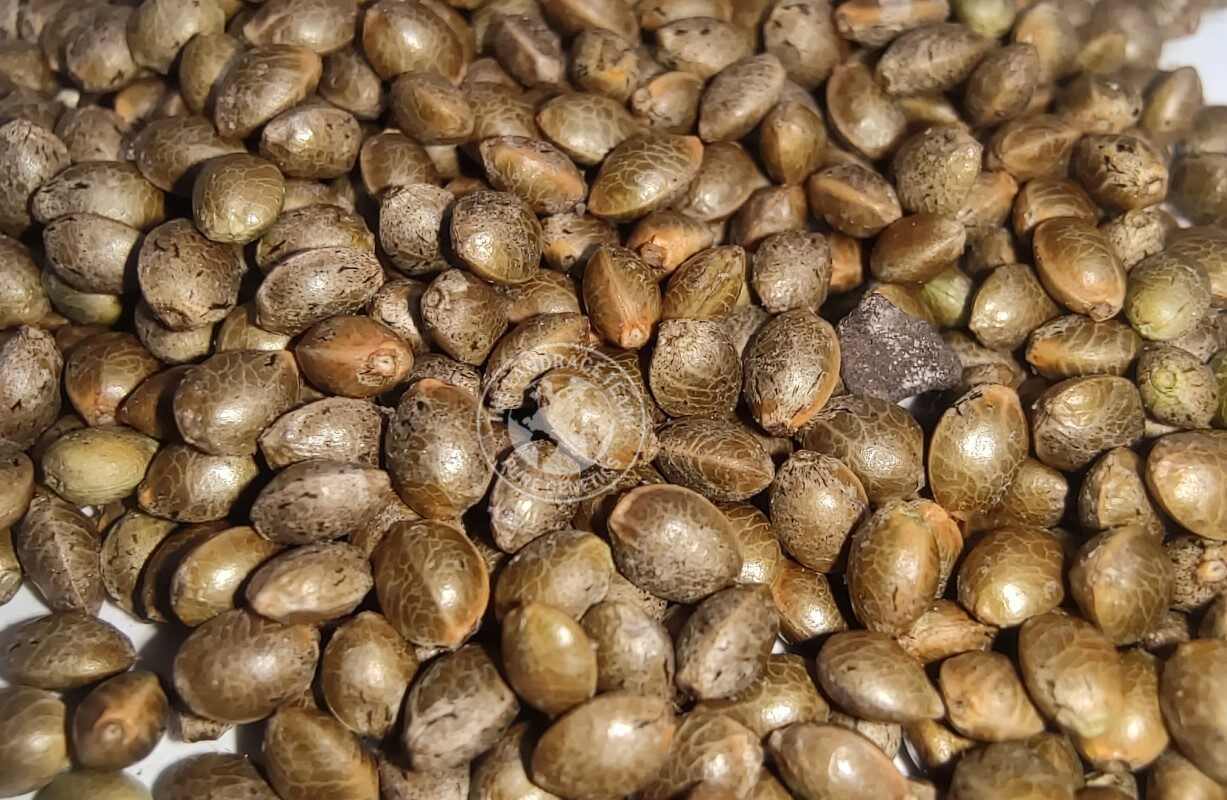Genetics: Durban Poison Highland
Sourcing: private donor
Latitude: 29°S
Height: up to 3 metres
Traditional use: Ganja buds
Sowing season: October/November in South Africa
Regional harvest: March to May in South Africa
Vegetative: 12 Weeks
Flowering: 12 to 16 weeks
Taste: woody, fragrant
Aroma: Aniseed, sweet lemon, mint, cedar wood
Effect: very powerful and long-lasting, bright, very active, energetic, euphoric meditative.
Grow type: Outdoor, greenhouse, indoor
Characteristics: hardy, pests and drought resistant
Pure Highland Durban, not a commercialized “dutched” variety. Durban Posion from the land of the Zulu people. For the sake of mankind, this strain, as well as any high power sativas, need to be available to everybody. People’s lives could potentially benefit from it. It can literally save lives when turned into a medicinal oil. It was and still is the donor’s wish to make this strain available for medical benefit of mankind.
Durban Poison is one of the finest sativas ever seen. It looks like the type of sativa that is found in rare locations in high mountain valleys. It is clearly not the kind of commercial Durban that is often found on the streets of Europe. The plants are tall and slender with extremely large leaves. Durban Poison has proven to be very suitable for a wide range of medicinal uses, especially where high quality THC is required. It is also an excellent strain for making indica/sativa hybrids. A legendary strain and a must have.
This is a very beautiful genetic line, hardy, sweet and fragrant with an energetic and long lasting powerful clear effect. This is Durban Poison Highland, a local regular variety from KwaZulu-Natal South Africa in Durban. It germinates very vigorously, its leaves and stems are robust, quickly becoming a seedling, this is a time where the plant shows a vigorous and accelerated vegetative growth with large, thin and very serrated leaves a very tipycal and common feature of this South African line, the leaflets are thin, serrated and large, almost all leaves display 7 and sometimes 9 leaflets, the petioles are long, some take purple or variegated shades of green and purple, some are almost black or very intense violet stems, cylindrical stems, in some phenotypes it is flat on the sides, its internodal spaces range from 8 to 15 cm, the internodal spaces between the branches range from 4 to 8 centimeters, during its vegetative stage of 14 and 16 weeks it is dedicated to grow and show an abundant and lush foliage of a beautiful medium olive green.
It takes a very symmetrical conical shape in its vegetative stage even though a phenotype grows in the form of a bush, some of its middle branches become great in size reaching almost the main apical bud but never exceed it. Its Flowering Stage in some phenotypes is 12 weeks while some others take a maximum of 16 weeks of flowering time in which they dedicate themselves to creating multiple buds full of very agglomerated and airy flowers without getting too compact and forming a beautiful flower radius very imposing and delicate at the same time, a phenotype expresses a large number of stigmas looking like snowflakes, its resin emanates very sweet and fruity smells as well as of aniseed, some have a more subtle acidic and citric odours while retaining its marked aniseed sweet fruity aroma.
Large and resinous calyxes, at their tip they become purple in their last stage of flowering, their resin glands are enormous. Its effect is very powerful and long-lasting, bright, very active, energetic and euphoric and meditative too; its flavour is fragrant and woody. If your puffs are longer and more intense, you will feel its woody aroma more, if your puffs are short and soft, you will come across these rich terpenes inside your nose and on your tongue. It doesn’t last very long but it is a unique, powerful and quality smoke. Recommended for breeding new cannabis strains for its resistance to pests and drought, this local Durban strain is very special, not to be missed on the menu and collection of an old school sativa lover.
*** COMMENT FROM A GROWER ***
They’re wild. Strong plants though. They’ve all been getting blasted by wind and rain for weeks now but they’re handling it all good!

